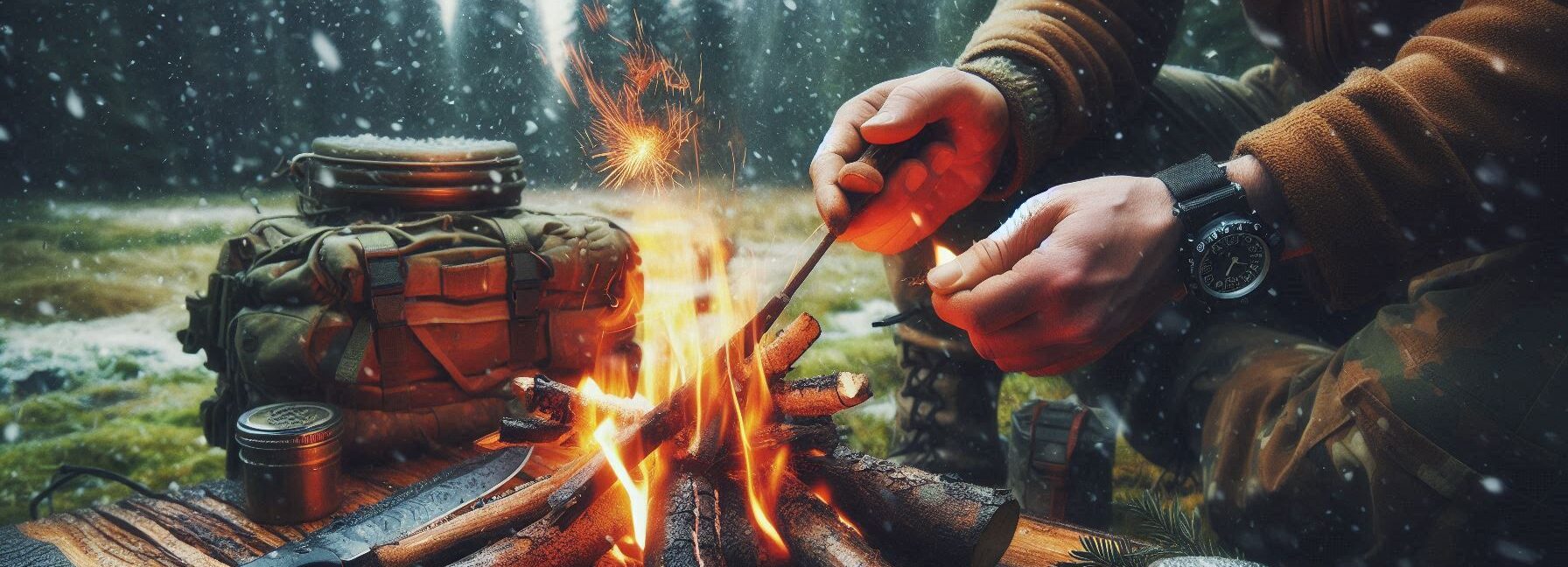Please Note: This post may contain affiliate links. If you click one of them, we may receive a commission at no extra cost to you. As an Amazon Associate, I earn from qualifying purchases.
Last Updated on November 1, 2025 by Kevin Collier
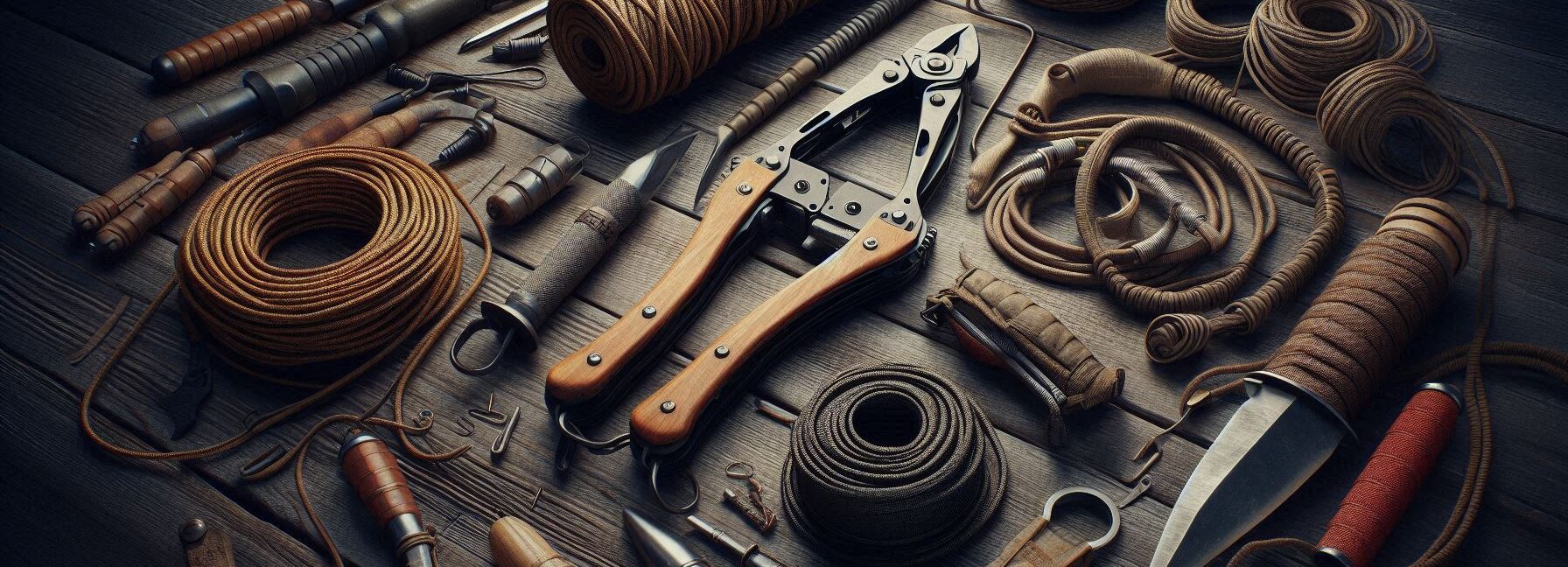
Top Takeaways and Key Concepts
- Select durable materials: paracord and a reinforced leather or fabric pouch.
- Cut cord to arm‑span length for comfortable draw and consistent release.
- Use secure knots (double fisherman, overhand) and reinforce pouch attachment points.
- Practice loading, timing, and aiming in safe, open areas until accurate.
- Inspect and maintain your sling regularly; use rounded ammo for predictable flight.
Picture this: you're in the wild, feeling like an explorer. You're ready for anything in your tough cargo shorts. But wait, I don't see my trusty bow! Just a little bit of panic, right?
What's the plan? You need something to throw goodies at or maybe scare away those annoying raccoons that think they own the place.
The survival sling is here. It's all the rage. This simple tool has been around for a long time and can still achieve great things. You can pull it out and there you go! You're all set to go.
Making a sling can be entertaining, like an art project at school. Get a piece of strong cloth and some strong twine. You have a tool if you tie the ends together. You will feel like a craftsman.
It's also easy to use a sling. Put a little stone or pellet in your pocket, swing it around, then let it go! Boom! The wrist movement is what matters most. You should practice, and maybe even have a little friendly competition. It helps to set a goal. It can be fun to throw apples in the air.
Keep in mind that it's all about having fun and balancing. You don't want to feel like you're fighting with it. Adding some excitement to it makes it more fun!
And let's put safety first. Don't point it at anyone; friends can be weird about that. It's best to stay a safe distance away as you practice. You want everyone to laugh, not cry.
What's the best part? You'll feel like a superhero when you have skills. You may protect your snacks or just show off to your pals.
Imagine yourself with that sling, some confidence, and a smile the next time you're in the outdoors. You'll be ready for everything that comes your way. Here's to crazy trips!
*** Shop for Survival Gear - Tools - Kits ***
Survival Gear - Bags and Backpacks - Knives - Boots/Footwear - Communication
Outdoor Cooking - Gloves - Hydration - Dry Boxes - Water Filtration Systems
Tents - Sleeping Bags - First Aid Kits - Multi-Tools - Flashlights - Fire Starters
Navigation - Survival Food - Night Vision - Headlamps - Stun Guns - Binoculars
1. Understanding the Sling
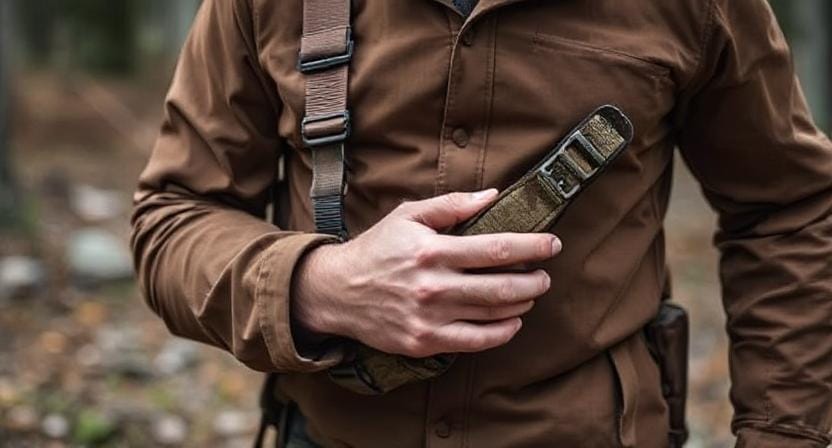
First, let's talk about what a sling is. No, it's not the device your grandma used to carry her groceries. It's an old weapon comprised of two cords tied together with a pouch.
You fill it with something (not your lunch) and swing it around like you're trying out for “Dancing with the Stars.” Let go after that! It sounds like it would be easy, right? Well, let me tell you, it takes practice.
I recall trying to impress my pals while camping by using one I made out of an old sock and some paracord (don't ask).
After a few tries that were more funny than accurate, I eventually struck a tree. But then I lost my balance while celebrating. Spoiler alert: The tree didn't like how I danced when I won.
2. How to Make Your Own Sling
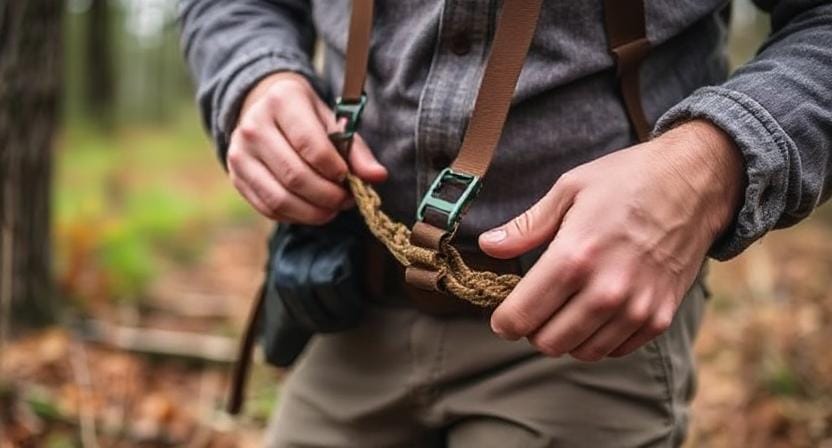
Now that we know what we're working with, let's get started on making your own survival sling. To be fair, it's surprisingly easy to make one and doesn't require many supplies. Most of what you need is probably already in your garage or garden.
You will need some strong cord (paracord works well), some fabric for the pouch (an old T-shirt would serve), scissors, and maybe some duct tape if you want to be fancy.
Cut two pieces of string that are the same length. Three feet should be enough unless you want to throw rocks instead of pebbles.
The next step is the exciting part: making the pouch! Cut a tiny rectangle out of your fabric. It should be about six inches long and three inches broad. Fold it in half lengthwise so it looks like a little taco shell (delicious!).
Use knots that even grandma would like to tie each end of your cords through holes at either end of the folded fabric.
By the way, make sure everything is safe, because nothing says “survivalist” like having your projectile fly off mid-swing because it wasn't made well!
3. Getting Good at Your Technique
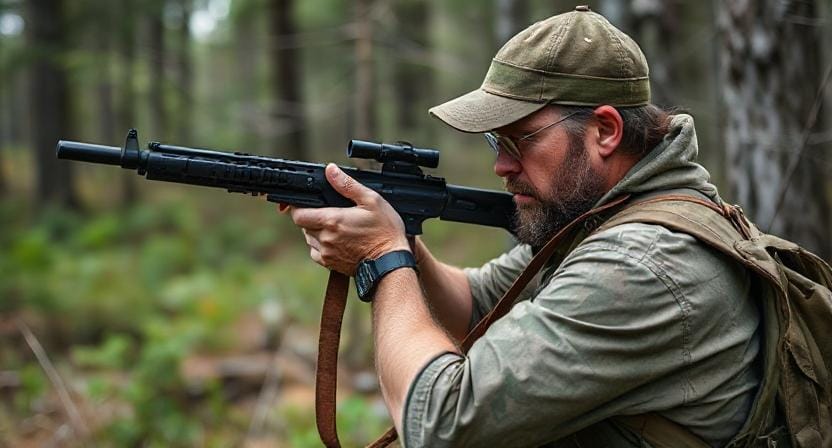
The true obstacle comes after you've made your sling masterpiece: learning how to use it! This step can be like learning to ride a bike: it feels unsteady at first, but it's exciting when you finally get it right.
To practice safely, pick a quiet area away from people and pets. You don't want any innocent bystanders to get hurt while you're trying to get famous.
Put small stones or other light projectiles in your pouch (no watermelons; believe me on this). While putting the stone into the pouch, hold one end of each rope tightly.
This is when things get interesting: You should swing it around in circles above your head until you get adequate speed. Not too quickly, though; we don't want anyone to get hurt by accident! When you're ready, let go of one end of the cable while holding on to the other end tightly.
To be honest? It's all about the right time! A well-aimed gun can send things flying farther than you might think, even if they first land uncomfortably at your feet!
4. How to Use Your Sling for Hunting
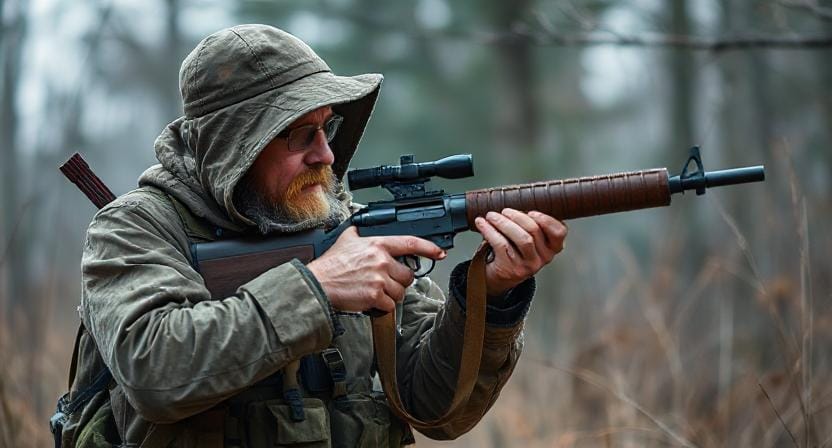
So now that you have some skills, or rather swinging over your head, you're probably wondering how this will help you hunt. Let's see how well this little thing works when we're trying to catch dinner.
When hunting little animals like birds or bunnies (which sound cuter than they are), you need to be patient! Look for a place where these little guys like to hang out, such woods near berry bushes or grassy clearings where they might play without knowing that a slingshot is coming for them!
Stay quiet and downwind so they don't hear you coming until it's too late. Nothing spoils supper plans faster than scared animals running away!
With practice, hitting those stealthy animals becomes second nature. Imagine throwing pebbles so accurately that even professional archers would be impressed by how good you are at it!
5. Uses for Self-Defense
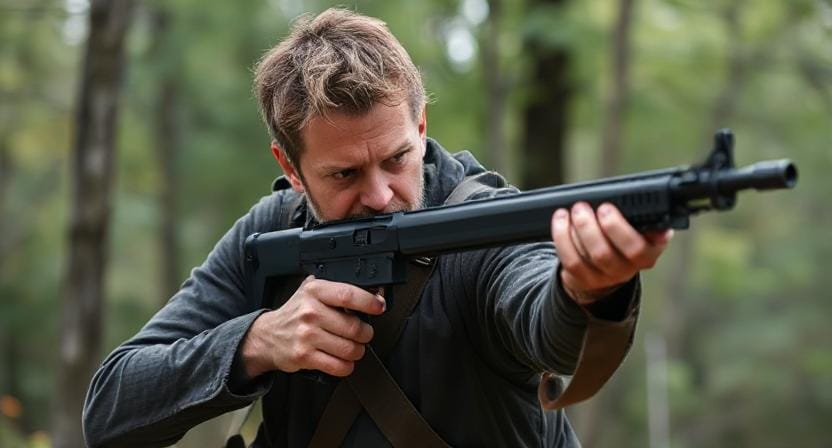
Survival slings are not only wonderful for catching dinner; they can also be useful for protecting yourself from unwelcome wildlife encounters or campers who are being rude!
If you have to deal with an animal hazard, like bears that think they own the campsite, having rapid access to something that can scare them away could be very helpful. This is where our trusty sling comes in again! A well-aimed rock may make any curious animal stop without hurting it too much.
Of course, we hope you never have to use this skill, but it's better to be safe than sorry when Mother Nature throws us a curveball.
Frequently Asked Questions
What materials are best for making a survival sling?
Paracord and reinforced leather or durable fabric work well because they resist abrasion and maintain tension under load.
How long should sling cords be?
A cord length about equal to your arm span gives a natural draw length, balanced rotation, and consistent release accuracy.
What knots should be used to secure pouch connections?
Strong knots such as the double fisherman’s, overhand, or figure-eight knots help prevent cord slip and pouch detachment during swing.
How do you practice sling accuracy safely?
Practice in clear open spaces away from people or animals, begin with light rounded stones, and focus on timing your release angle.
Why use rounded ammunition instead of sharp rocks?
Rounded ammo flies more predictably, reduces snagging in the pouch, and stabilizes your shot pattern for better targeting.
Can a sling be used for hunting small game?
Yes, with sufficient accuracy and practice, a sling can be used to harvest small game such as birds or rabbits.
Do survival slings require maintenance?
Periodic inspection for fraying cords, loose knots, and pouch wear ensures reliability and prevents sling failure in the field.
Suggested Resources:
Survival Slingshots: History & Techniques
http://www.survivalslingshots.com/history-and-techniques
Making Your Own Survival Gear
http://www.make-your-own-survival-gear.com
Hunting Small Game Safely
http://www.huntingsmallgame.org

Kevin Collier is a seasoned survivalist and expert in prepping and homesteading, contributing to WiseSurvive.com. With a deep-rooted passion for self-sufficiency and outdoor survival skills, Kevin shares practical advice, strategies, and resources to help individuals prepare for any challenge. His informative articles cover a range of topics, from essential survival techniques to sustainable living practices, empowering readers to thrive in any situation. Whether you're a novice or a seasoned prepper, Kevin's insights will inspire you to take charge of your readiness and build resilience for the future.



